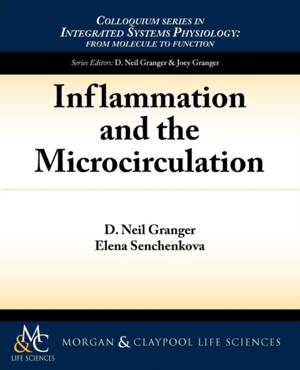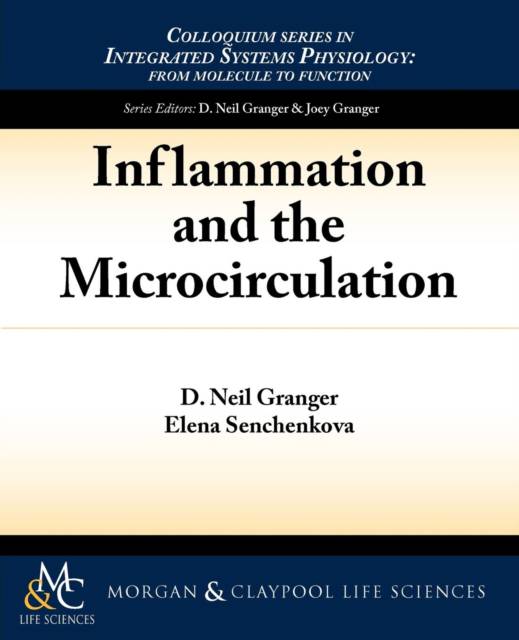
- Afhalen na 1 uur in een winkel met voorraad
- Gratis thuislevering in België vanaf € 30
- Ruim aanbod met 7 miljoen producten
- Afhalen na 1 uur in een winkel met voorraad
- Gratis thuislevering in België vanaf € 30
- Ruim aanbod met 7 miljoen producten
Zoeken
Omschrijving
The microcirculation is highly responsive to, and a vital participant in, the inflammatory response. All segments of the microvasculature (arterioles, capillaries, and venules) exhibit characteristic phenotypic changes during inflammation that appear to be directed toward enhancing the delivery of inflammatory cells to the injured/infected tissue, isolating the region from healthy tissue and the systemic circulation, and setting the stage for tissue repair and regeneration. The best characterized responses of the microcirculation to inflammation include impaired vasomotor function, reduced capillary perfusion, adhesion of leukocytes and platelets, activation of the coagulation cascade, and enhanced thrombosis, increased vascular permeability, and an increase in the rate of proliferation of blood and lymphatic vessels. A variety of cells that normally circulate in blood (leukocytes, platelets) or reside within the vessel wall (endothelial cells, pericytes) or in the perivascular space (mast cells, macrophages) are activated in response to inflammation. The activation products and chemical mediators released from these cells act through different well-characterized signaling pathways to induce the phenotypic changes in microvessel function that accompany inflammation. Drugs that target a specific microvascular response to inflammation, such as leukocyte-endothelial cell adhesion or angiogenesis, have shown promise in both the preclinical and clinical studies of inflammatory disease. Future research efforts in this area will likely identify new avenues for therapeutic intervention in inflammation. Table of Contents: Introduction / Historical Perspectives / Anatomical Considerations / Impaired Vasomotor Responses / Capillary Perfusion / Angiogenesis / Leukocyte-Endothelial Cell Adhesion / Platelet-Vessel Wall Interactions / Coagulation and Thrombosis / Endothelial Barrier Dysfunction / Epilogue / References
Specificaties
Betrokkenen
- Auteur(s):
- Uitgeverij:
Inhoud
- Aantal bladzijden:
- 87
- Taal:
- Engels
- Reeks:
Eigenschappen
- Productcode (EAN):
- 9781615041657
- Verschijningsdatum:
- 15/12/2010
- Uitvoering:
- Paperback
- Formaat:
- Trade paperback (VS)
- Afmetingen:
- 185 mm x 231 mm
- Gewicht:
- 199 g

Alleen bij Standaard Boekhandel
+ 113 punten op je klantenkaart van Standaard Boekhandel
Beoordelingen
We publiceren alleen reviews die voldoen aan de voorwaarden voor reviews. Bekijk onze voorwaarden voor reviews.











